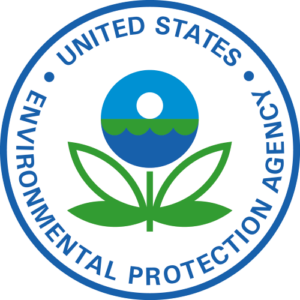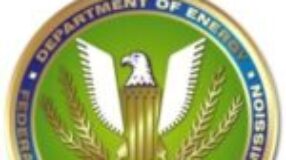
Summary of INGAA Comments
1. INGAA supports consistency between different regulatory programs in order to reduce redundancies and allow for consistent use of measurement techniques and reporting.
2. This Proposed Rule is premature since it incorporates provisions from EPA’s proposed New Source Performance Standard (NSPS) and Subpart OOOOa for methane that have not yet been finalized. EPA should not finalize the revisions to the Subpart W reporting program to align with the NSPS Subpart OOOOa requirements until the final NSPS requirements are published.
3. The revisions to the reporting rule should be made effective no less than 180 days from the publication date of the final rule. Calendar year 2017 should be the earliest time period for which reporting is required using the revised requirements.
4. If EPA incorporates Optical Gas Imaging technology (OGI) as a leak measurement technique for Subpart W reporting purposes, additional methods for leak measurement, such as EPA Method 21, should be allowed. A leak definition concentration of 10,000 ppm also should be used.
5. EPA should not finalize new emission factors (EFs), fugitive leaker or reporting requirements for large leakers (“super emitters”) at this time. Rather, EPA should use the Colorado State University (CSU) study data from Subramanian et al.1 and Zimmerle et al.,2 as well as additional current data, to assess the need for updated component-level leaker emission factors for the T&S segments.
6. EPA should incorporate emission reductions from leak repairs into the proposed annual time that components are assumed to be leaking – i.e., the parameter “Tp,z” in § 98.233(q), Equation W-30.
Please see the attached PDF to read INGAA's comments in their entirety.







